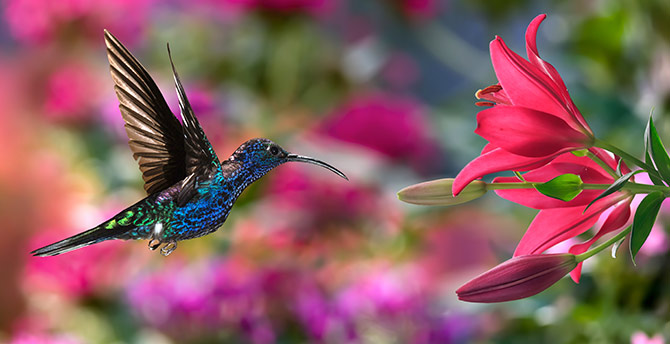Insightful Chronicles
Exploring the world through news and stories.
Nature's Canvas: Capturing the Wild Wonder
Dive into Nature's Canvas and discover breathtaking stories that showcase the wild's beauty and wonder—nature awaits your exploration!
The Art of Nature: Techniques for Capturing Wild Landscapes
The world around us offers a stunning palette of colors, textures, and shapes, making wild landscapes a captivating subject for photography. To successfully capture these scenes, it's essential to understand the fundamentals of composition. Consider using the Rule of Thirds, which involves dividing your frame into a grid of nine equal parts to position key elements effectively. Additionally, pay attention to leading lines, such as rivers or roads, that draw the viewer's eye into the scene. Natural landscapes can also benefit from the use of foreground elements to create depth, making your images more engaging.
Another crucial technique in the art of nature photography is mastering light. The golden hours—shortly after sunrise and just before sunset—provide soft, diffused light that can enhance the beauty of wild landscapes. During these times, colors appear richer and shadows softer, which can dramatically improve your photographs. Experimenting with different shutter speeds is also vital; a slower shutter speed can convey movement in flowing water or swaying grasses, while a faster speed can freeze moments in time. By combining these techniques, photographers can create stunning visual narratives that celebrate the beauty of nature.

Exploring Biodiversity: Why Every Detail Matters in Nature Photography
Exploring biodiversity is essential for understanding the intricate connections within ecosystems. Nature photography plays a significant role in highlighting this richness, showcasing not only the stunning landscapes but also the varied species that inhabit them. By capturing detailed images of flora and fauna, photographers can bring awareness to the delicate balance of life and the impact of environmental changes. Every detail matters—from the smallest insect to the towering trees—each contributes to the overall health of our planet.
Through nature photography, we can document and celebrate the diversity of life on Earth. By focusing on biodiversity, photographers can reveal the beauty and complexity of ecosystems, showcasing how each organism plays a role in sustaining life. This emphasis on detail encourages viewers to appreciate the intricacies of their environment, fostering a deeper connection to nature. Ultimately, when every detail is captured and shared, we can inspire collective action towards conservation, ensuring that the rich tapestry of life continues to thrive for generations to come.
How to Choose the Perfect Gear for Capturing the Wild Wonders
Choosing the perfect gear for capturing the wild wonders begins with understanding your specific needs and the environment you’ll be exploring. Wildlife photography often requires a combination of versatility and durability, as conditions can vary greatly. Start by considering essential items like a reliable camera body and suitable lenses. A DSLR or mirrorless camera with a good autofocus system will help you capture fast-moving subjects. Additionally, invest in a telephoto lens to bring distant animals up close without disturbing them.
Aside from the camera gear, don't overlook accessories that can enhance your experience. A sturdy tripod is essential for stability during low-light conditions, while a sturdy backpack will keep your equipment safe and organized during hikes. Remember to pack extra batteries and memory cards to ensure you never miss a moment. Lastly, consider weatherproof gear or protective cases; the wild can be unpredictable, and protecting your equipment is key to successful photography.